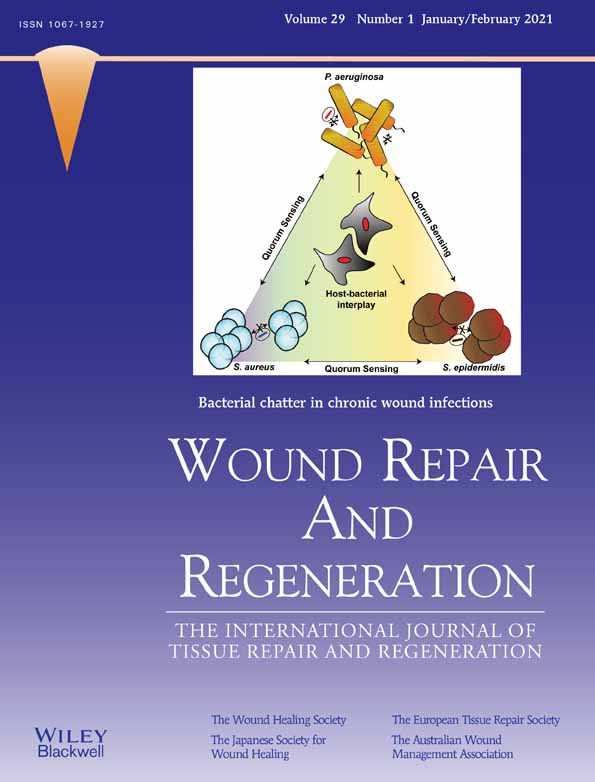Statin treatment and hypertrophic scarring after cardiac surgery
Drs. Camilla Chello and Antonio Nenna equally contributed to this work.
Abstract
Wound healing process after surgical procedure plays a crucial role to prevent blood loss and infections. Hypertrophic scars might occur after surgery and are generally associated with an inflammatory burden. Cardiac surgery is intrinsically related to a strong systemic inflammatory state that might favor hypertrophic scarring. Besides lipid-lowering effects, statins are known for their pleiotropic and anti-inflammatory activity. The aim of this study was to investigate the impact of statins in the healing process after median sternotomy in patients undergoing cardiac surgery. All patients undergoing major cardiac surgery with median sternotomy and cardiopulmonary bypass, and subsequently evaluated in the outpatient clinic after discharge, were included in this study. A total of 930 Caucasian patients were retrospectively reviewed. At outpatient visit, 276 patients (29.7%) showed the formation of hypertrophic scars. Patients with hypertrophic scars tended to be younger (P = .001) and nonstatin users (P = .001). Logistic regression analysis confirmed the protective role of statins (odds ratio 0.39, 95% confidence interval 0.29-0.53, P = .001), after adjustment for age. A dose-dependent effect was confirmed, showing a more intensive protective effect for higher doses of statins. Statin use might be correlated with reduced hypertrophic scars after cardiac surgery through median sternotomy. A dose-dependent effect has been shown, and statin effect seems to be independent of age in a selected population undergoing surgery with an elevated inflammatory burden. Although further studies are warranted to elucidate the biologic mechanisms, the concept of using statins as anti-scarring agents is novel and should be investigated with tailored studies.
CONFLICT OF INTEREST
The authors declare no potential conflict of interest.




